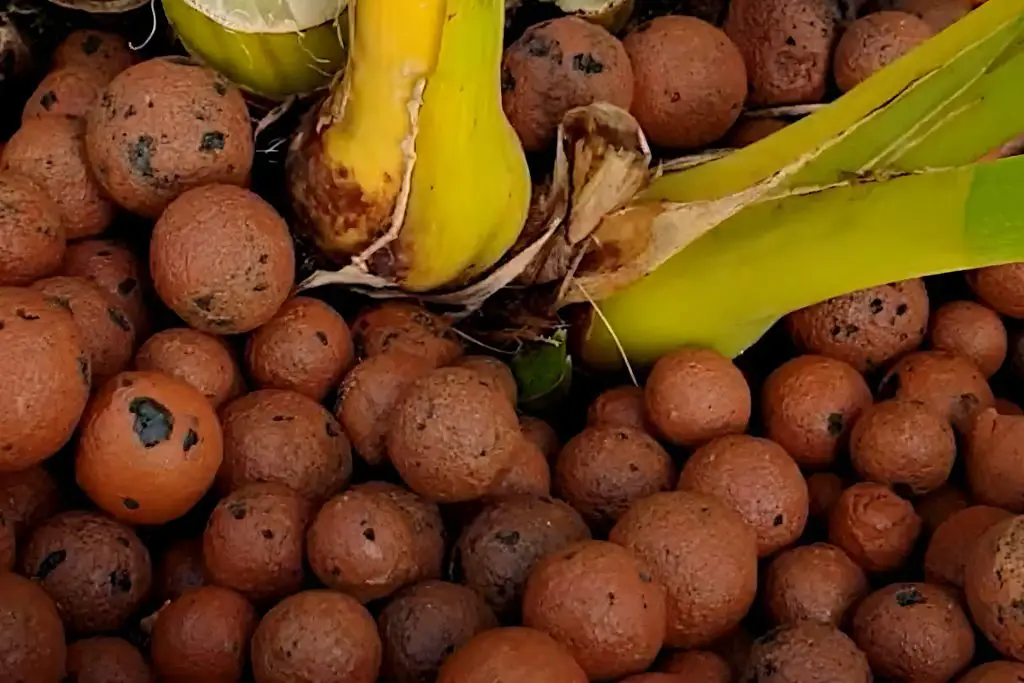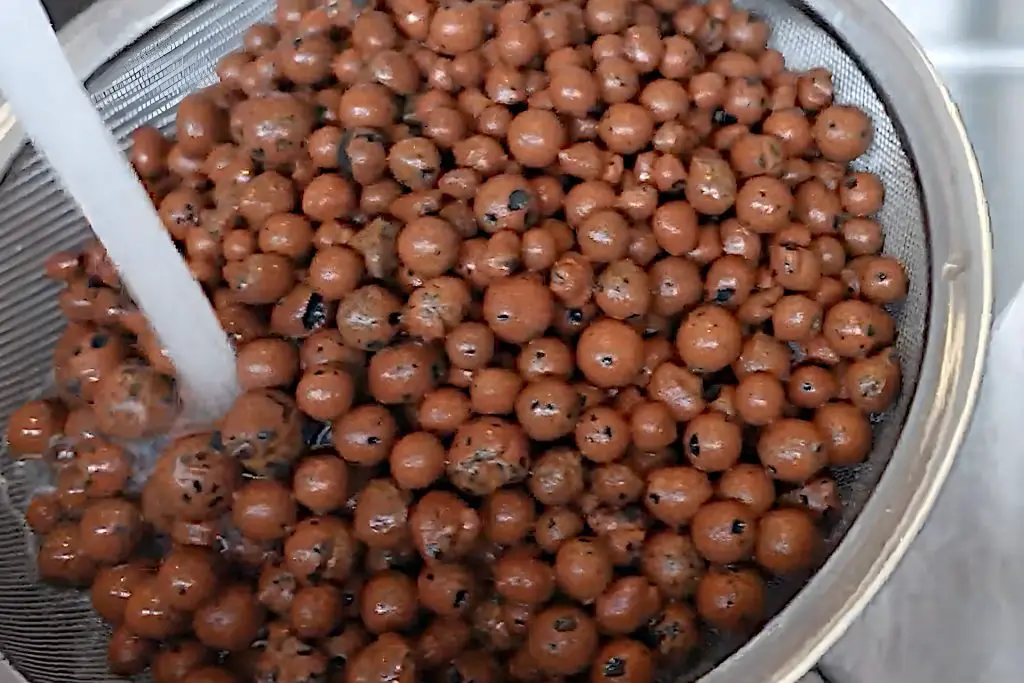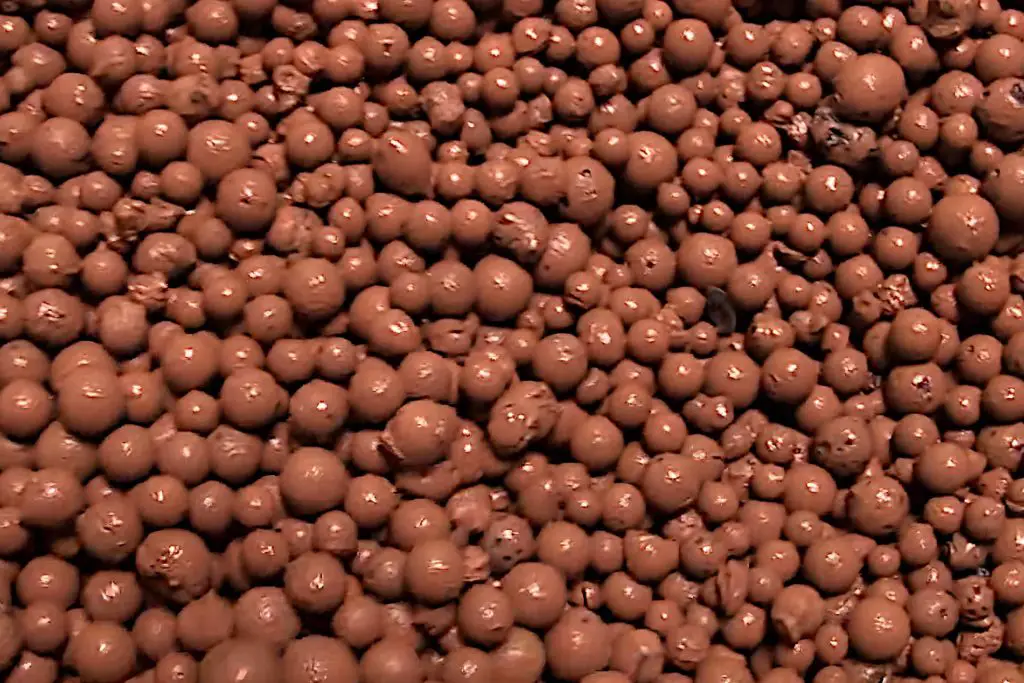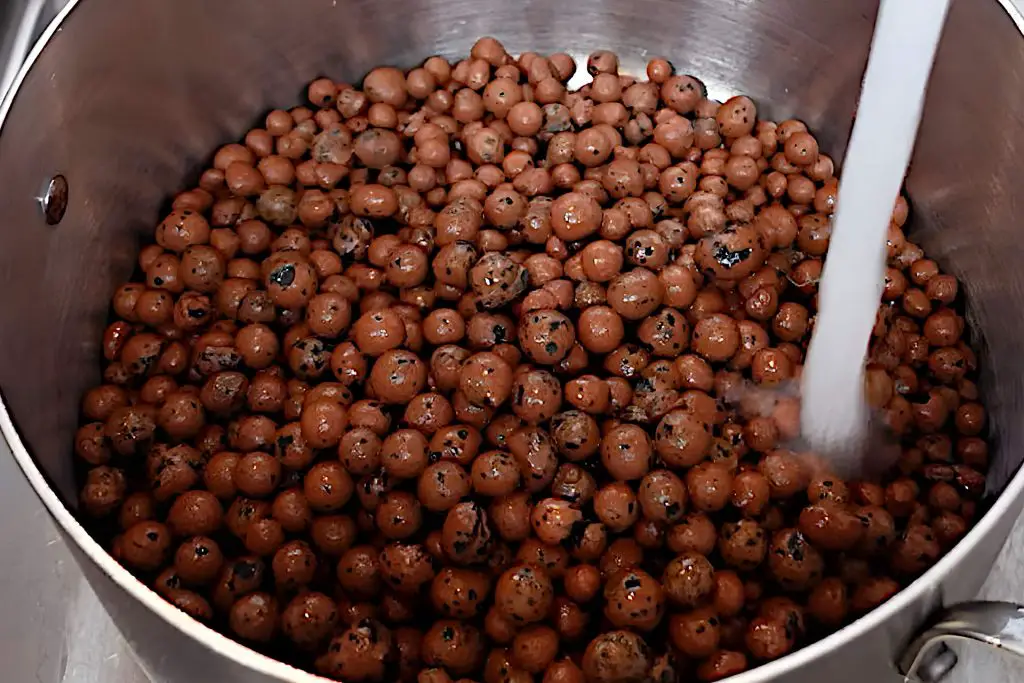A Complete Guide to Preparing LECA Balls for Use
If you looking for a way to keep your pot plants healthy and looking great and avoid common problems such as fungus gnats and overwatering then LECA balls (lightweight expandable clay aggregate) may be the answer for you!
These small balls, which are sometimes referred to as hydroton pebbles, are becoming an increasingly popular alternative growing medium to potting mixes. They have a number of advantages over other growing mediums, that make them particularly attractive to use. After briefly going over their advantages we will look at the process of getting the LECA from the bag to the pot. How to choose the right LECA balls, a complete preparation guide, and how to prepare for reuse.
To get the best possible growing results you need to prepare the LECA correctly before it is used. This will entail washing, soaking, and drying out of the LECA balls. This process is essential to prevent the clay dust from being transferred to your plants.
What are LECA Balls and what are they used for?


LECA balls are small, porous balls made of clay that can hold water and help plants receive supplemental water through their roots. The balls are made from fast-fired clay creating a porous material that can hold water which in turn helps plants receive supplemental water through their roots. LECA can help to improve the air quality in your home, as well as provide a physical barrier between your plant and potential pests. Additionally, LECA balls can help to improve water drainage, which is important for keeping your plants healthy.
LECA balls can be used on their own as a stand-alone growing medium or in combination with other mediums such as potting mix, soil, compost, and Rockwool. This makes it a very flexible growing medium that can be reused time and again and is thus useful to have around, especially if your plants are struggling with more conventional mediums.
Choosing the right LECA Balls for Your Plants
There are various different types of LECA you can use ranging in size from 0.3″ to 0.6″ (8-16mm) in diameter. However, the best size for your plants is based on the size of their root system. If you are unsure, start with a smaller ball and gradually move up until you find the optimum size. Larger LECA balls can be used to increase the depth of your plants. LECA balls also come in various shapes and colors, including red and green, so you can also choose a ball that matches your garden or pot.
Prepping the LECA Balls
Once you have chosen the right LECA balls for the specific planting task you have to prepare the clay aggregate. The LECA balls you use are going to be either from the manufactures sack or LECA balls that you have previously used. The preparation process is slightly different in each circumstance and we will deal with the preparation of both separately.
Basic Equipment to Use to Clean LECA Balls
To clean the balls properly it is best to have the equipment needed and a systematized process to do the job as quickly and efficiently as possible. The equipment is simple and usually comprises two or three buckets, a small brush, bicarbonate of soda, a rack for drying, and a box to place the cleaned balls.
Take one of the buckets and drill tiny holes in the bottom, smaller than your smallest size LECA ball, so it becomes a sieve and will help with rinsing. The best type of during rack is something like a wire cake rack. Again the holes need to be smaller than the smallest size ball you use to prevent them from falling through.
In addition, you may also need a heating element or gas burner depending on the conditioning required. You can read more about this below in the section on conditioning.
Using New LECA Balls


When you take LECA balls from a new sack you will find that they are covered in fine, clay dust. This is caused by friction between the balls during transit causing any loose parts of the LECA ball/pebbles to fall off and through just regular rubbing together. It is important to remove this dust, and any residual chemicals that may be present, to prevent the water and fertilizer solution you use for your plant from becoming contaminated.
Washing
The washing process has several stages and you may have to repeat the first stage to ensure that the water remains clear when the LECA balls are immersed. This shows that the balls are thoroughly clean and absent of any dust.
- First, clean and arrange your two buckets so that they are close to each other.
- Take the first clean bucket and fill it with lukewarm water and add the LECA balls, leaving them to soak for around 24 hrs.
- Remove the balls from the first bucket and add them to the second clean bucket, again filled with lukewarm water.
- If the water remains clear add a teaspoon of bicarbonate soda to the water and soak for about 15 minutes, this should remove any last remnants of excess dust and any final impurities.
- Take the balls from the second bucket and put them into your sieve bucket and rinse the balls under running water for a few minutes.
Drying


Once the LECA balls have been thoroughly cleaned you can then leave them to dry. Place them on your drying racks and airdry them for a few hours in a warm dust-free room.
Pro Tip- You can speed up the drying process by using a microwave. Just place the balls into a microwave on a flat tray and cook on low for a few minutes or until the balls are completely dry.
Once dried place the cleaned balls carefully into a storage box ready for you to use for your next planting job or project.
Conditioning
There are some who like the LECA balls to be sterilized before use. This generally isn’t entirely necessary as once you have thoroughly cleaned the LECA you should have removed possible impurities present. The advantage of sterilization is that it removes pathogens that might be present. Indeed, potting mixes and mushroom compost are sterilized for this purpose.
If you are going to sterilize the process is straightforward. It just involves boiling the LECA balls for 5 to ten minutes before use.
Reusing LECA Balls


As we have mentioned one of the main advantages of LECA is that it can be continually reused. However, before reuse, as with new LECA balls, it is important to properly clean them as they are going to have picked up dirt and impurities from use, especially if used in combination with other growing mediums.
The process is largely the same as for the new LECA balls except that you may have to scrub the balls with a small brush as bits of the root from the old plant can sometimes become attached to the balls and would need to be removed.
Depending on whether you used the LECA as a stand-alone growing medium, or in conjunction with potting mix or other ‘dirt’ mediums, you may be able to avoid the overnight soak.
Placing the LECA Balls in Your Pot
When you are ready to plant take the cleaned LECA balls from your storage box and use them on their own or together with other growing mediums. If you are solely using LECA for your plant then fill the bottom third of your pot with LECA before placing your plant and carefully on top. Then fill in around the plant until the LECA balls sit about a centimeter below the rim of the pot.
More details can be found on how you can use LECA balls as a growing medium here.
Final Advice
As you can see, whether using new LECA balls or LECA that you are looking to recycle, you need to thoroughly clean them before you use them to plant with.
The process when written down might seem a little involved but is actually pretty simple if you have everything set up and ready to go. In fact, the only real inconvenience is the waiting, during the initial soak. If you clean them in batches well in advance it shouldn’t interrupt your potting stride.

